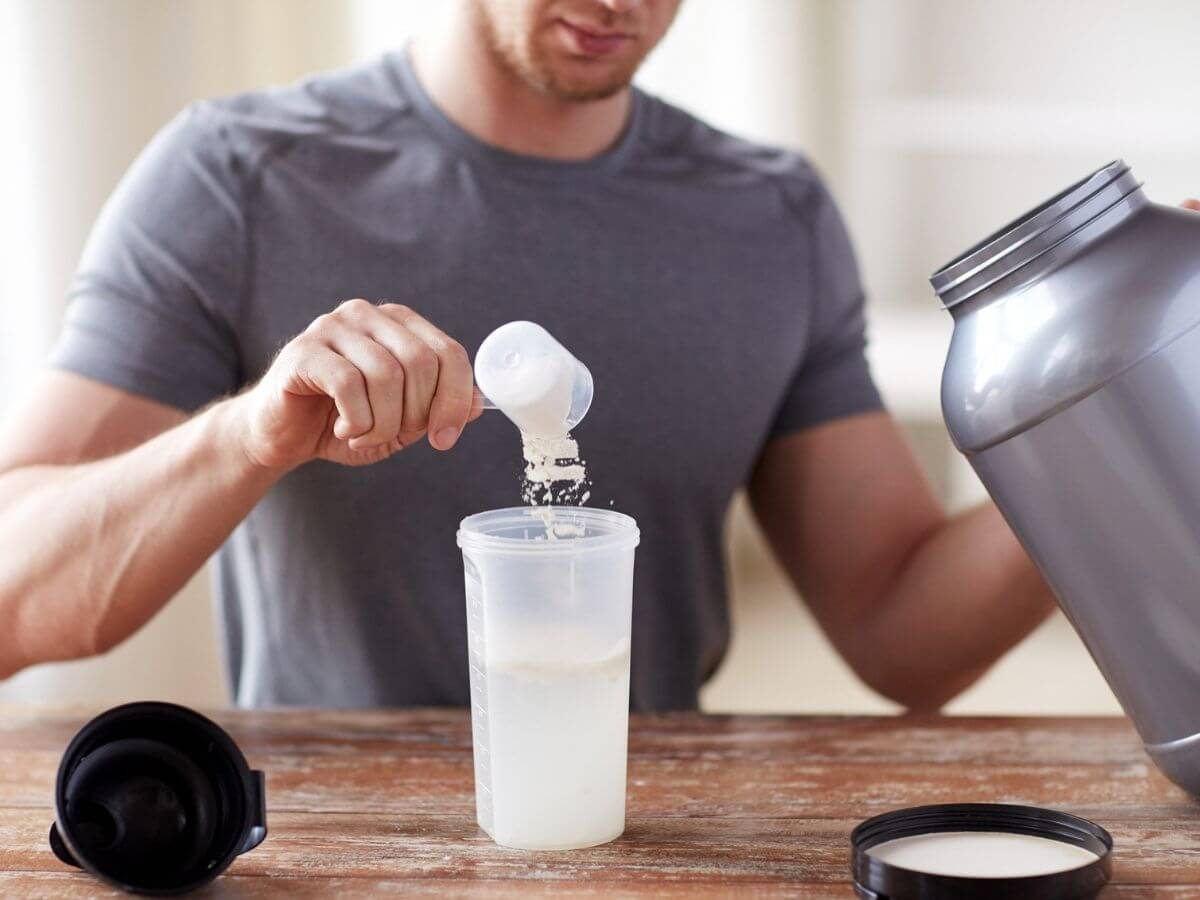Low Impact Cardio or HIIT (High-Intensity Interval Training): What’s Right for You?

Any cardiovascular exercise (or “cardio” for short) that doesn’t exceed your fitness level or contradict your doctor’s orders should be good for you. However, there are many ways to get your heart pumping and different levels of exertion that you can strive for. Two common approaches are low impact cardio and high-intensity interval training (HIIT). Each has a distinct set of benefits.
What is Low Impact Cardio?
Generally speaking, low impact cardio is any exercise that elevates your heart rate without both feet leaving the ground at the same time. Walking, hiking, swimming, cycling, yoga, Pilates, elliptical workouts and stationary rowing are examples.
Low impact workouts provide a number of benefits including:
- Gradual increase in strength and endurance
- Gentler on joints than high impact activities
- Greater elasticity and mobility in joints
- Increased length and flexibility of muscles
- Improved balance and kinesthetic awareness (the brain’s ability to determine your location relative to the objects around you)
- Support for weight loss (often along with resistance training and changes in diet)
- Lower risk of injury compared to more intense workouts
- Ideal way for beginners to start an exercise program
Experts advise using more than one low impact exercise method in order to keep your interest and motivation high.
What is HIIT?
High-intensity interval training alternates short periods of intense exercise with longer, low-intensity recovery periods. Sprinting, jumping rope, stationary biking and a variety of activities where your body weight provides resistance (pushups and squats, for example) can be used in HIIT.
The advantages of HIIT include:
- A large number of calories burned in a short amount of time (HIIT workouts typically last just 10-30 minutes)
- Significant body fat reduction
- Increased muscle mass
- Improved ability of the muscles to consume oxygen
- Increased post-exercise metabolic rate
- Lower blood sugar
- Possible decrease in heart rate and blood pressure in overweight and obese populations
As HIIT puts a significant strain on the body, it is important to talk with your doctor to confirm you are healthy enough to incorporate HIIT in your workout routine.
Low Impact Cardio or HIIT?
There are many benefits to both low impact cardio and HIIT. However, using one form of exercise or the other exclusively is not likely to produce the best results. Instead, finding the right balance of the two for your specific health and wellness needs is a better approach. Your doctor can talk with you about your fitness goals and a plan for achieving and maintaining them.



